
Interactive Robotics Challenges for Kids: Build, Code, and Play
Selected theme: Interactive Robotics Challenges for Kids. Welcome to a playful hub where children turn curiosity into clever robots through hands-on challenges that spark imagination, teamwork, and confident problem-solving—one joyful beep, whirr, and high-five at a time.
Why Interactive Challenges Hook Young Minds
The Science of Play and Feedback
When a robot reacts to a child’s code within seconds, attention surges and confidence rises. This tight loop encourages experimentation, reduces fear of mistakes, and transforms abstract logic into tangible results kids can tweak, debug, and proudly demonstrate to family.
Anecdote: The Cardboard Rover That Could
Last spring, two siblings built a cardboard rover with bottle-cap wheels and a tiny controller. Their first trial veered hilariously left, prompting giggles, not groans. After adjusting wheel friction and code timing, they nailed a perfect straight run and danced.
Invite: Share Your Aha Moments
Have you watched a child’s face light up when their robot finally follows a line or avoids a wall? Tell us the moment, the mishaps, and the breakthrough. Your stories inspire other families to start tinkering today, and we’ll feature favorites.
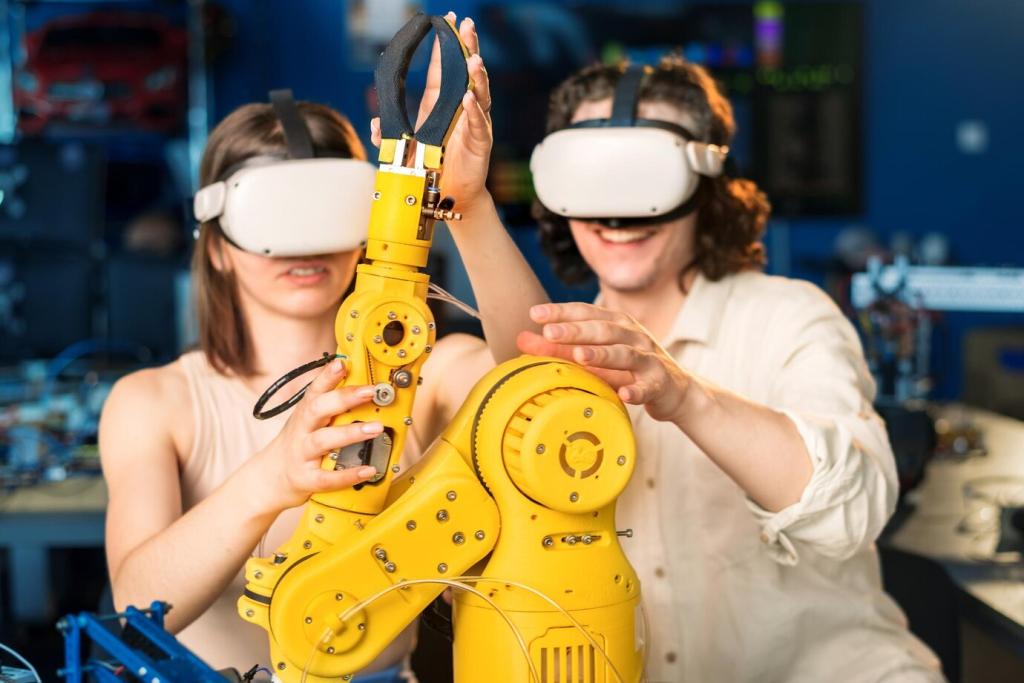

Starter Kits and Home-Friendly Setups
Raid the recycling bin for cardboard, rubber bands, and bottle caps; add markers, painter’s tape, and paper cups for obstacles. Combine these with simple sensors or a microcontroller, and suddenly kids prototype grippers, ramps, and mazes without pricey parts or complicated equipment.
Starter Kits and Home-Friendly Setups
Block-based coding on micro:bit, LEGO SPIKE, or VEXcode makes logic visual and forgiving. Drag, drop, and test. Bluetooth options reduce wire tangles, while onboard LEDs and sensors guarantee instant wins. Start small with movement blocks, then layer in loops, conditionals, and playful randomness.
Designing Challenges That Scale
The 3C Framework: Clear Goal, Constraint, Celebration
Give a crisp objective, like crossing a taped bridge. Add one constraint—limited retries or a size cap—to fuel inventive solutions. Finally, celebrate with a quick demo, applause, and a photo. Kids remember the joy, not just the code, and ask for more.
Leveling Up Without Overwhelm
After a robot rolls forward, introduce line following. Once lines are mastered, add a sharp turn, then a speed cap. Gentle increments keep kids in the sweet spot: challenging enough to excite, simple enough to finish. Track progress visibly to showcase growth.
Timeboxing and Reflection
Set twenty-minute build sprints, then pause for two-minute reflections: What worked, what changed, what next? Short cycles prevent frustration and encourage iteration. Encourage kids to jot a sentence in a challenge journal. Subscribe to receive a lightweight reflection template you can print.
Story-Driven Missions Kids Love
Turn a living room into Mars using red construction paper and pillows as craters. The robot must ferry samples to a base without falling in. Or deliver a cardboard pizza across tape streets before the timer dings. Stories transform tasks into adventures kids revisit.
Story-Driven Missions Kids Love
Design a wildfire sensor mission: navigate to markers and signal when temperature rises. Or build a recycling sorter using color detection. Real-world hooks teach empathy and purpose, showing kids that playful robots can also model solutions to meaningful community challenges worth discussing.

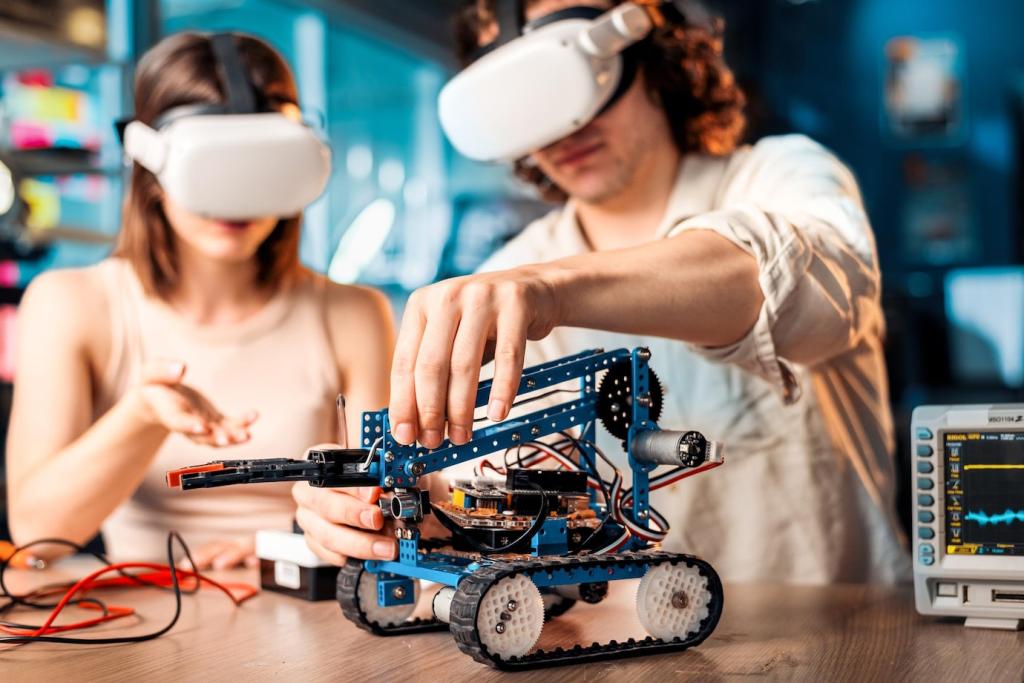

Roles That Make Teams Click
Assign rotating roles: Builder, Coder, Tester, and Communicator. Kids practice speaking, listening, and handoffs as they swap responsibilities. Clear roles prevent one child from doing everything and invite quieter teammates to shine. Celebrate handover moments when a tiny idea changes the plan.
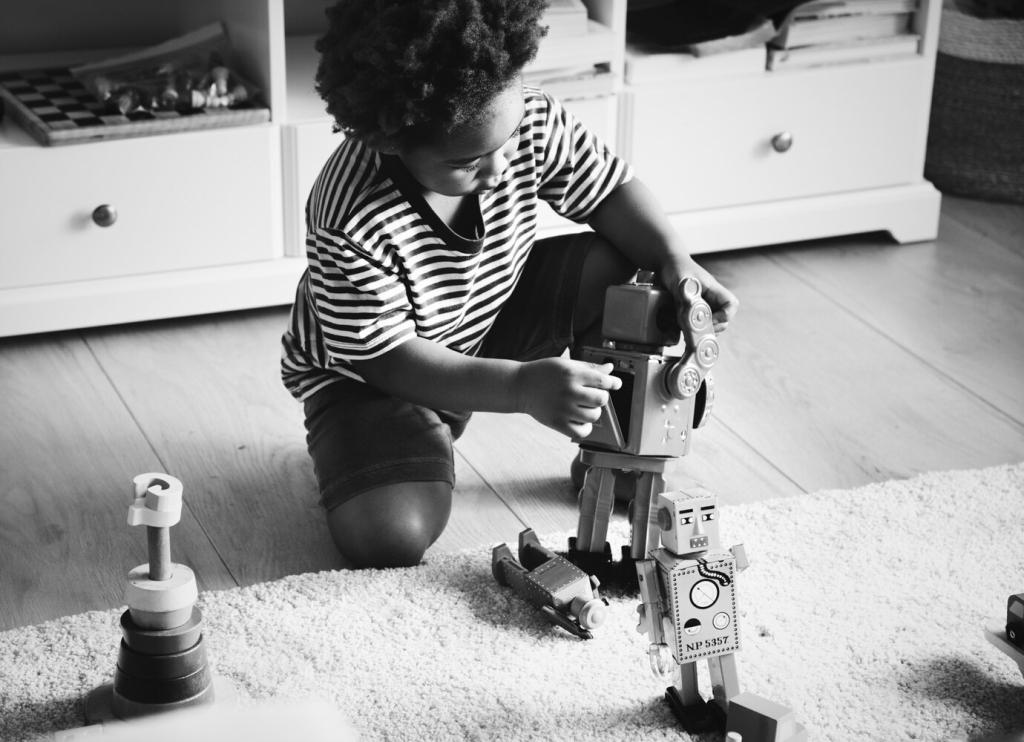
Inclusive Design from the Start
Use high-contrast lines for visibility, minimize small parts, and offer alternative inputs like big buttons or voice triggers. Plan quiet testing windows for sensory-sensitive kids. Inclusion isn’t an add-on; it’s creative fuel that expands possibilities and welcomes brilliant solutions from every child.
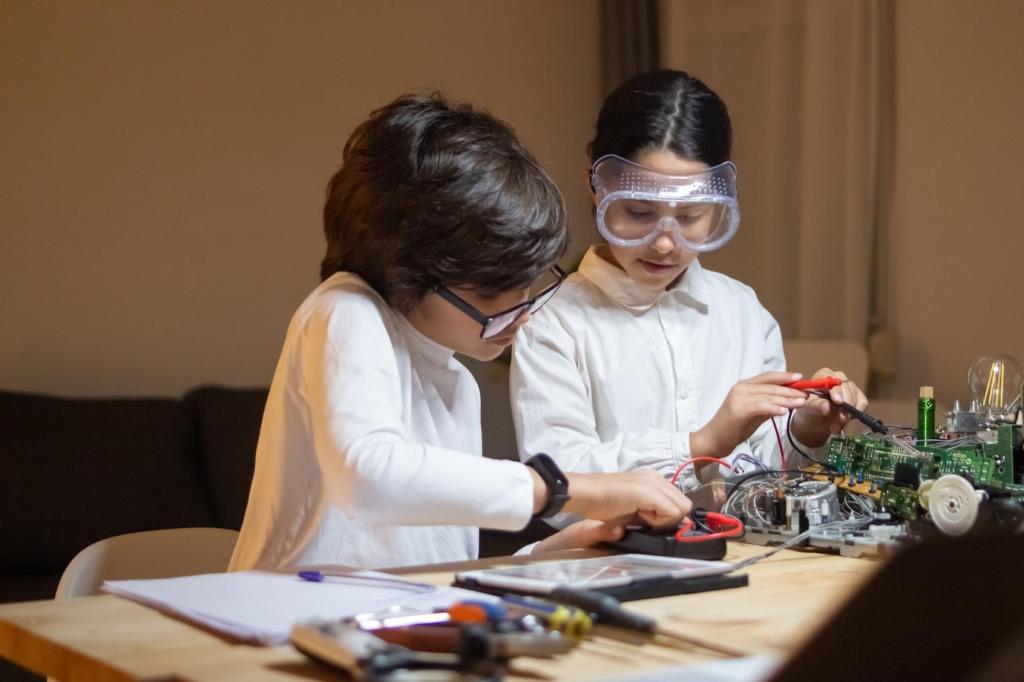
Unplugged Robotics for Screen Breaks
Simulate sensors with paper cards and act out robot rules: if red, turn left; if loud, stop. Build a tape maze and walk it following algorithms. These unplugged sessions deepen logic understanding and let mixed-age groups play together without devices for refreshing balance.
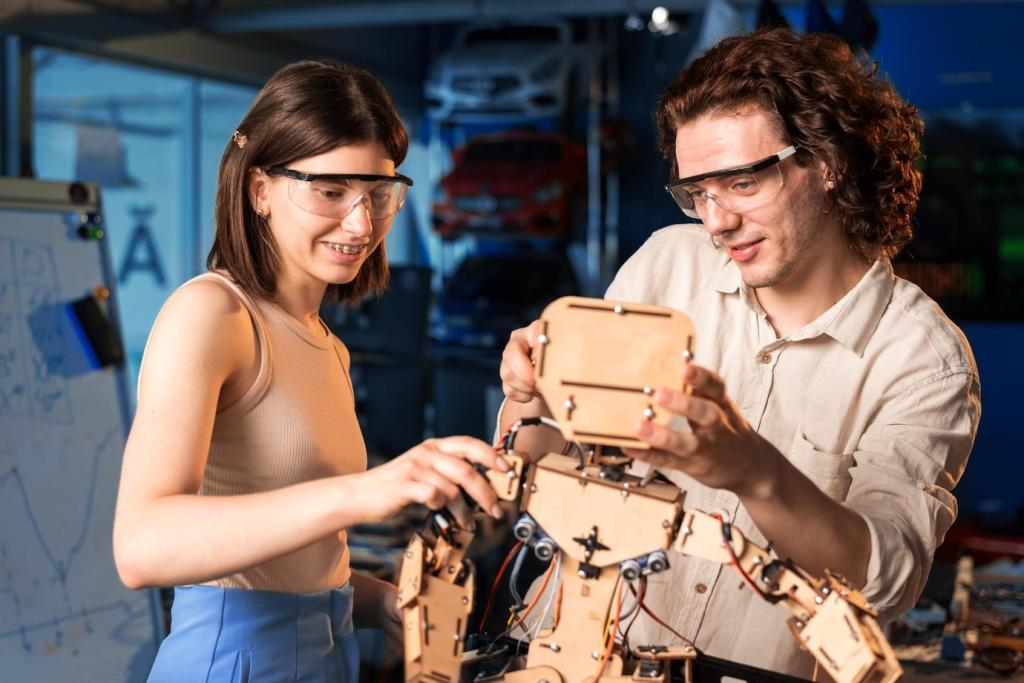
Measure Progress the Fun Way
Count how many retries before success, how straight the robot travels, or how gently it docks. Use stickers to mark milestones. Simple metrics shift focus from right answers to growth, nurturing resilience and curiosity through every wobble, reroute, and celebratory finish.
Measure Progress the Fun Way
Host two-minute show-and-tell moments where kids explain goals, obstacles, and fixes. Record short clips to revisit breakthroughs and laugh at bloopers. Sharing makes learning social, and kids gain pride in progress, not just products, while inspiring friends to attempt bolder challenges next time.
